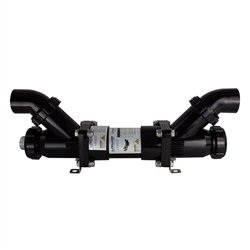I have a Pro Clear 230 I am currently building and in the final steps before cycling. I know a sterilizer is useless during cycling and don’t plan on using one until later on but I wanted to go ahead and do my research and narrow down which one to get. I have been looking at the Aqua UV and the Lifeguard brands mostly.
A few questions - in others experience, which brand is better and why? What return pump syncs best with said brand? If able, is it better to get a bigger uv for your tank size or to stick with what the manufacturers suggest?
picture for attention

A few questions - in others experience, which brand is better and why? What return pump syncs best with said brand? If able, is it better to get a bigger uv for your tank size or to stick with what the manufacturers suggest?
picture for attention




















